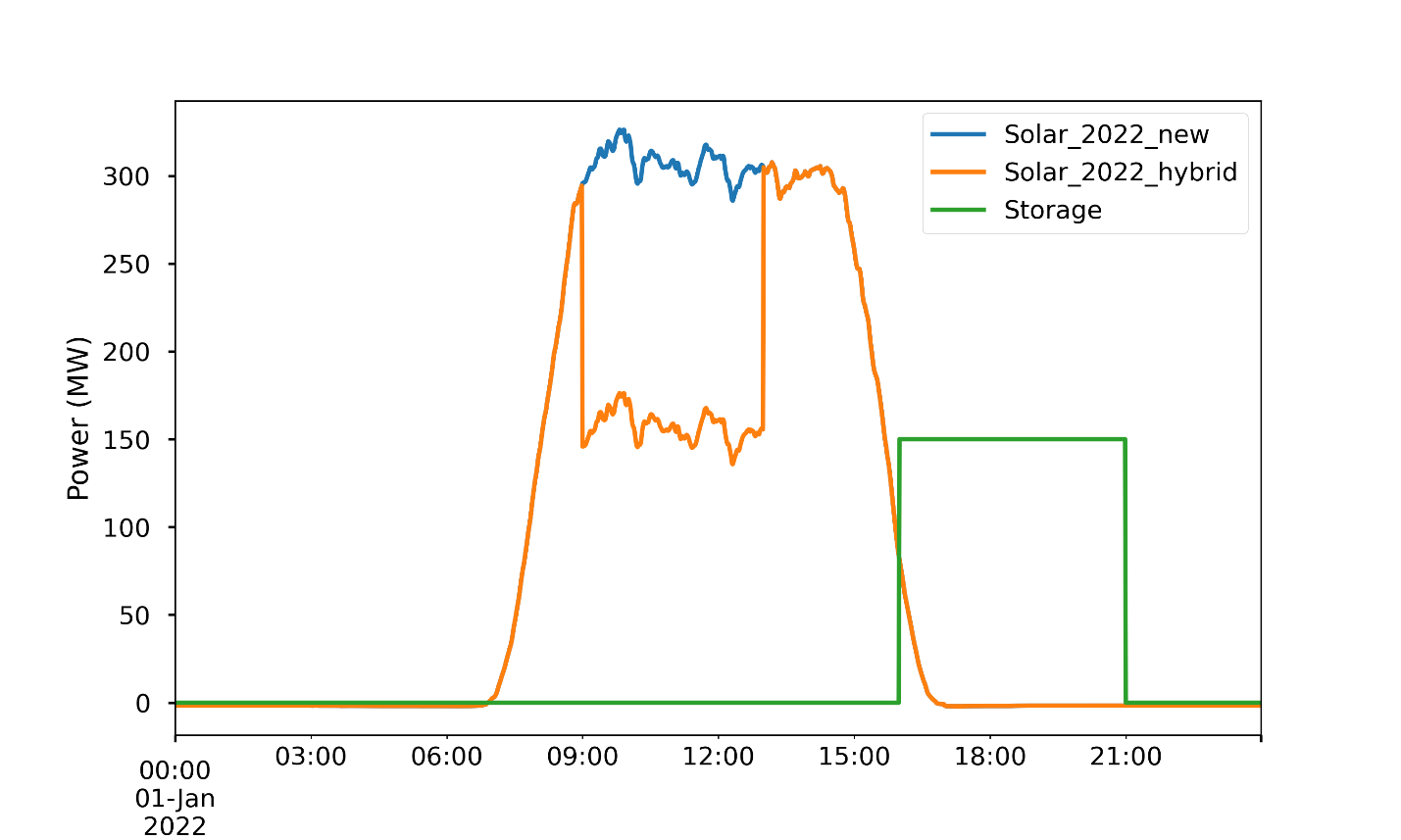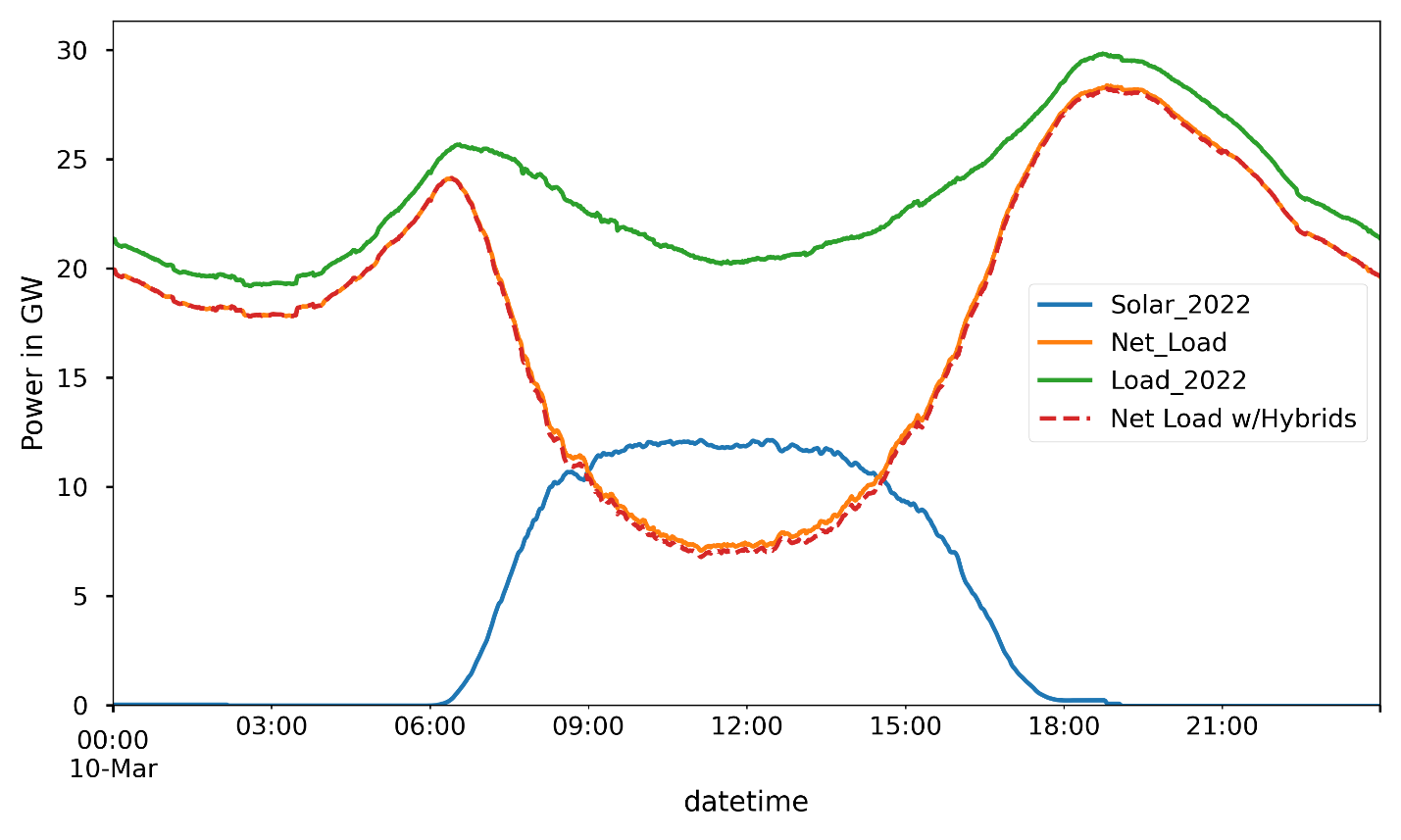1.
Please provide your organization’s comments on the Draft 2022 Flexible Capacity Needs Assessment and April 22 stakeholder call discussion:
The California Energy Storage Alliance (CESA) appreciates the opportunity to provide feedback on the CAISO’s Draft 2022 Flexible Capacity Needs Assessment (herein after, “the Draft”) and the stakeholder call held on April 22, 2021. As California advances towards decarbonization, the grid’s need for flexibility is bound to increase. The increased penetration of renewable generation, paired with the possibility of thermal capacity retirements, imply that fast-responding resources will become key to administer the electric grid. In this context, it is essential to revise the methodologies used to identify ramping needs and reevaluate the incentives set in place to ensure said needs are met. As such, CESA’s comments can be summarized as follows:
The ISO should consider the implications of not including hybrid resources within this analysis
Within the Draft, the ISO notes that this is the first year that load-serving entities (LSEs) were requested to provide data on existing and expected hybrid and co-located resources. Notably, the ISO also highlighted that, for the purposes of this study, only the renewable component of co-located resources was considered.[1] In contrast, hybrid resources were omitted from the analysis’ methodology since “it is anticipated per policy [they] will follow their dispatch optimization targets”.[2]
While CESA understands that the magnitude of expected hybrid resources for the 2022 period could be marginal with regards to the flexibility need, the ISO should reevaluate its treatment of hybrid resources for future studies since they are a diverse set of resources with varied configurations. In particular, CESA is concerned with the ISO’s decision to not consider the impacts of excess solar generation coming from hybrids during the ramping period of peak solar generation. To understand the impact of new hybrids to the net load, we analyzed two different days from the provided dataset from CAISO and included a single hybrid generator modeled after the hybrid capacity expected to be online for 2022. This was modeled into a single “ideal” solar + storage asset that has 500 MW of nameplate capacity for the generator and 150 MW (600 MWh) storage component. CESA recognizes this simplification might not reflect the ratio of solar to storage for each new or existing hybrid generator, but this example is valuable to approximates the implications of ignoring excess solar from hybrid assets.
Given the economic incentives faced by hybrid resources, CESA assumed that a profit-maximizing supplier would charge the on-site storage component during the hours with the lowest prices and discharge once solar generation dwindles.[3] As such, CESA assumed an operating profile that would charge the battery from 09:00 until approximately 13:00; and discharge from 17:00 until 21:00. Note that this assumes a charging rate that is equal to the nameplate discharge rate (4-hrs). This assumption may not be true for all types of energy storage, yet it serves as a “best case scenario” since it minimizes the hours where excess solar energy would be injected to the grid. The hybrid’s operation in CESA’s analysis can be viewed in Figure 1, below.
Figure 1
CESA’s analysis concludes that there will be some impact of excess solar generation coming from hybrid resources during the ramping periods. As it can be seen in Figure 2, the impact is marginal considering the magnitude of hybrid resources expected through 2022. Nevertheless, the ISO should revise its treatment of hybrid resources for the purposes of this study since future policy decisions could sway developers from the co-located pathway to the hybrid one. Given several key rules regarding the revenue streams available to hybrid and co-located rules are still in flux, the likelihood of a significant set of resources changing their participation pathway prior to their commercial operation date (COD) is not insignificant. As such, CESA urges the ISO to reconsider its treatment of hybrid resources for future cycles of this process.
Figure 2

The ISO should further describe the frequency of day-long ramping needs and consider if they are frequent enough to merit a revision of the need assessment methodology
In the Draft, the ISO notes that, particularly for summer months, staff did not identify two distinct net load ramps. Instead, the secondary net load ramp may be a part of a single day-long ramp.[4] CESA appreciates the ISO highlighting this fact as it underscores the changing nature of the grid.
CESA is aware that the methodology used for the flexible capacity needs assessment is contained within the CAISO tariff; as such, modifications to this methodology should be considered thoroughly within a stakeholder process. Given the changes California is bound to experience in its march towards decarbonization, CESA requests that the ISO shed additional light on the frequency of long-day ramps and the likelihood current methodologies tone down their impacts or associated needs.
The ISO should consider means to incentivize non-emitting resources to meet the flexible capacity need of its system
As the ISO signals that ramping needs will increase substantially in the coming years, reaching over 23 GW in 2024, it is fundamental to ensure the use of non-emitting resources is maximized to meet these needs. Currently, the only way to incent generators to provide this service is through the flexible resource adequacy product. Thus, CESA recommends the ISO coordinates with the California Public Utilities Commission (CPUC) in an effort to guarantee that future formulations of this product are aligned with California’s energy and environmental goals.
[1] Draft, at 6.
[2] Draft, at 4-5.
[3] CESA constructed the hybrid generation profile using the combination of the solar generation and the storage energy discharge. For the solar generation, we scaled the solar generation to the total capacity for hybrids included using the provided solar profile. Also, we modified this profile such that the amount of power that is used to charge the storage is subtracted during the charging hours. For simplicity, we did not consider any fast charging (which could be possible for some technologies) rather we assumed that the charging power of the battery is at its rated charging capacity. In other words, to get to full charge the hybrid needs to provide the rated charging capacity of the battery for a period of 4 hours. After the solar generation stops, which we set to the hour 17:00, the battery starts discharging at its rated capacity until fully discharge.
[4] Draft, at 16.